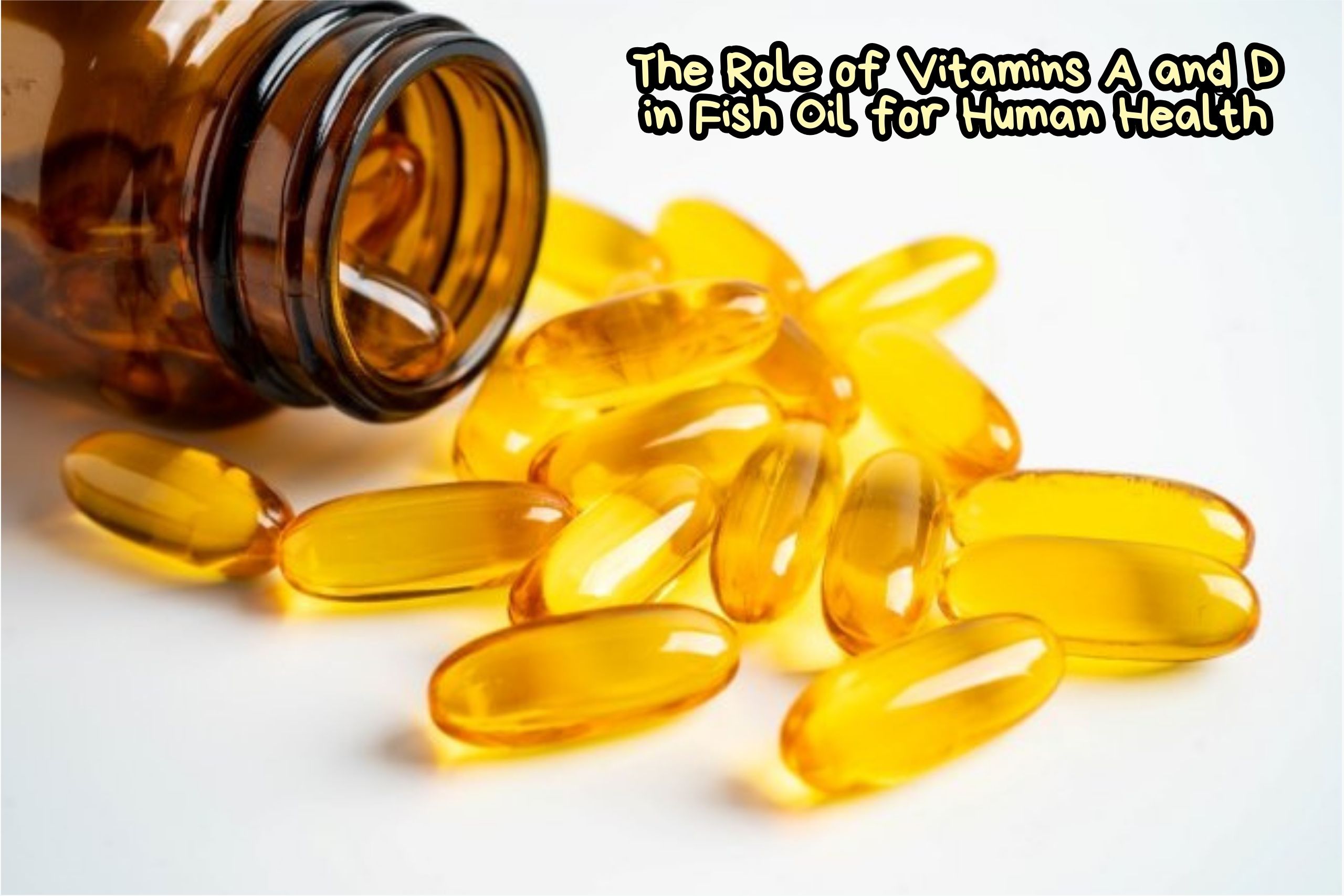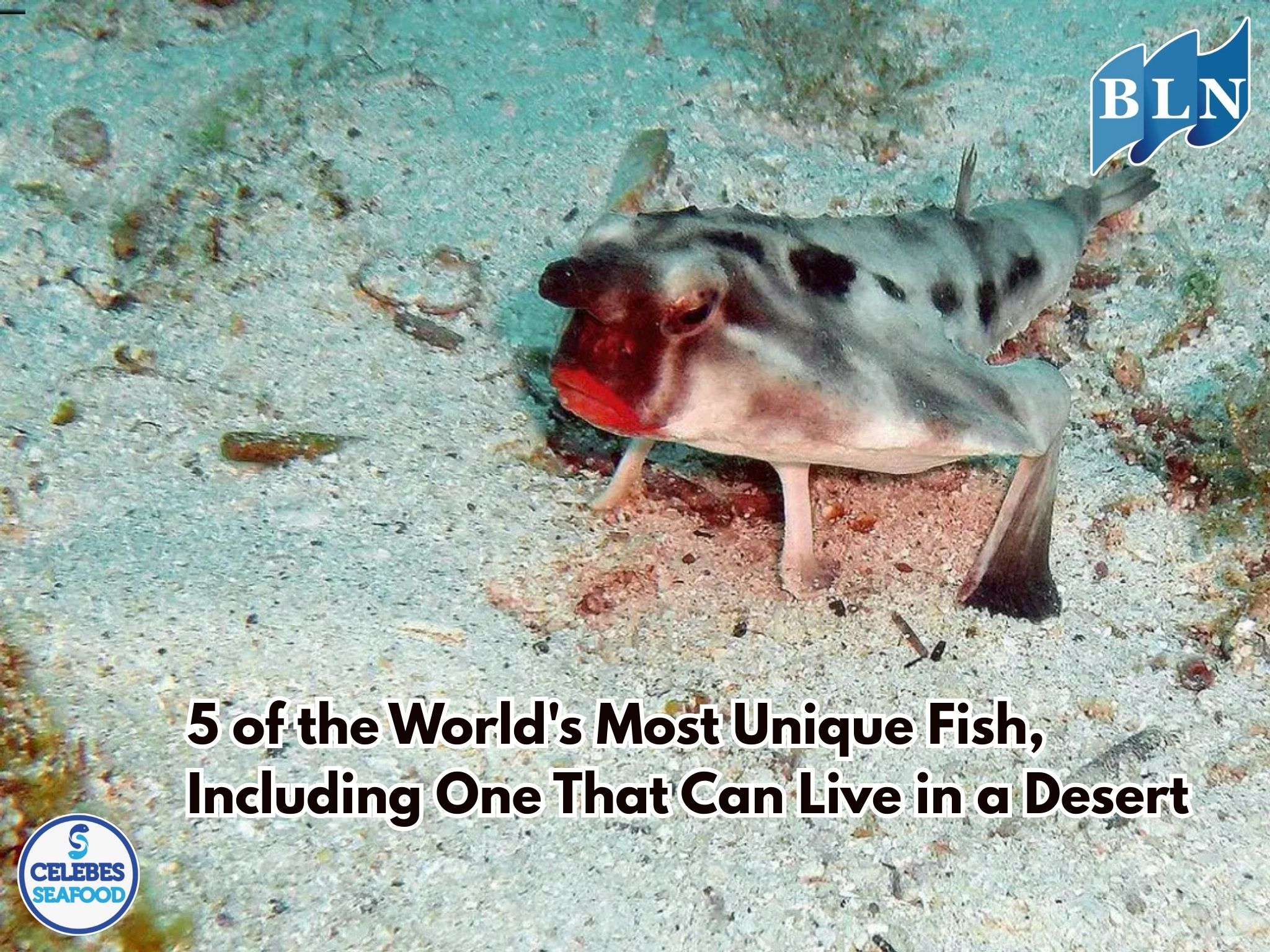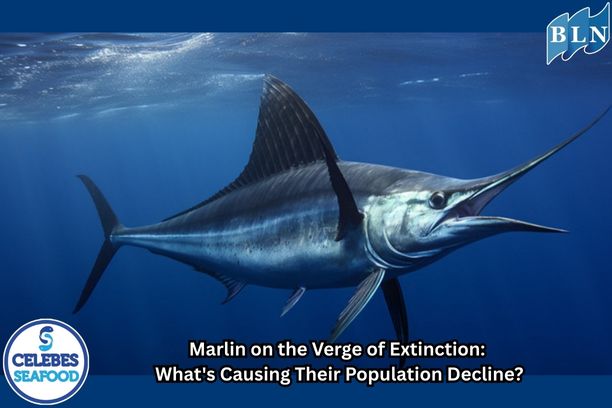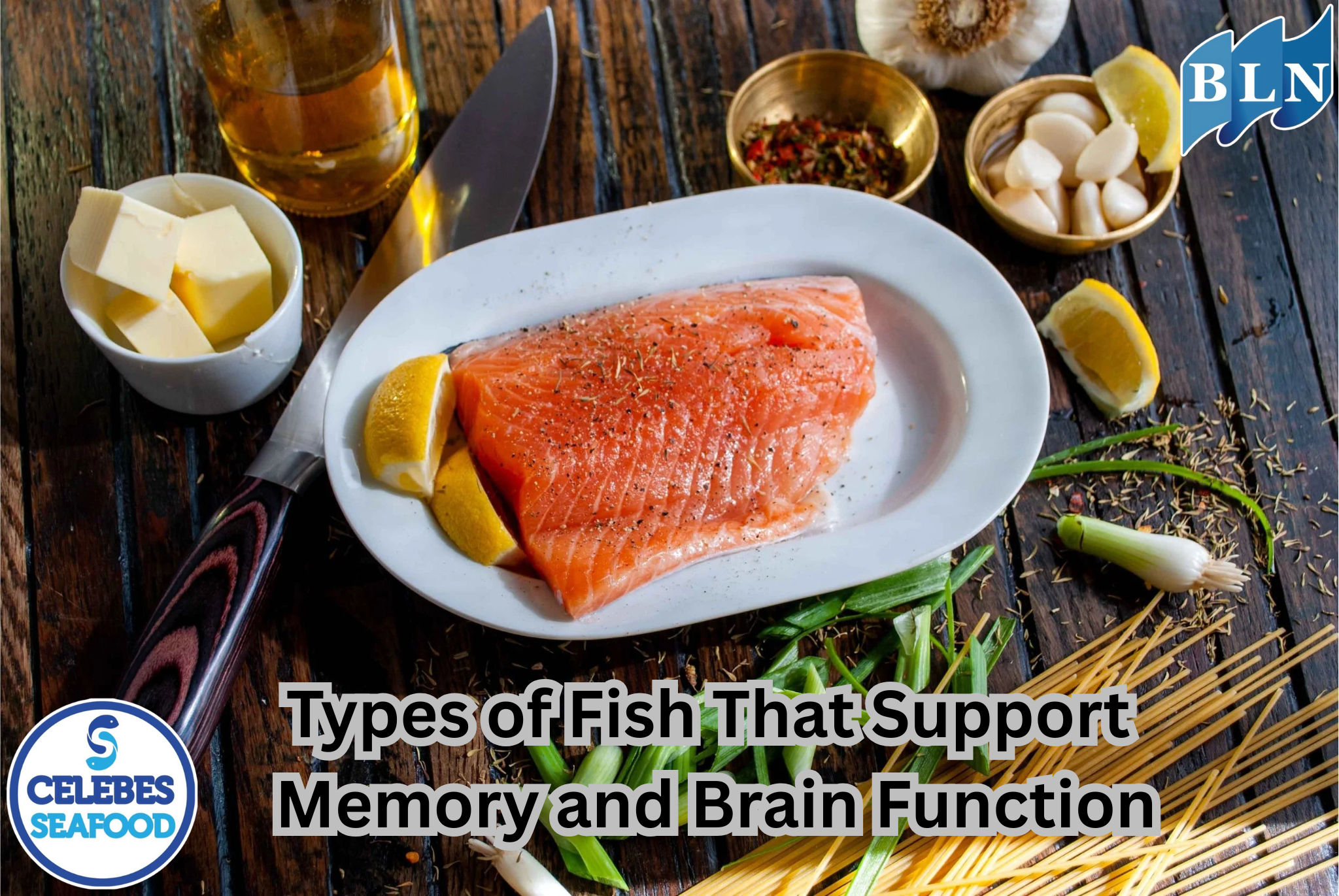Innovations in Fish Freezing Technology for Large-Scale Fishing Industry
By. Alfian - 23 May 2025
lautnusantara.com The large-scale fishing industry relies heavily on freezing technology to maintain quality, extend shelf life, and enable distribution of products to wider markets, both domestically and internationally. Innovations in this field continue to develop to increase efficiency, reduce costs, and most importantly, maintain the best possible fish quality.
Here are some innovations in fish freezing technology that are relevant to the large-scale fishing industry:
1. Advanced Quick Freezing
- Automatic Blast Freezing with Precision Temperature Control: Modern blast freezer systems are now equipped with highly precise sensors and automatic controls, allowing temperature and airflow to be dynamically regulated according to the type and size of fish. This minimizes the formation of large ice crystals that can damage the cell structure of the fish, thus maintaining better texture and quality.
- Impingement Freezing: This technology uses a high-speed jet of cold air that is directed directly at the surface of the product. This very rapid and intensive air contact results in a much faster freezing than conventional blast freezing, ideal for small-sized fish products or fillets.
- Cryogenic Freezing: Using liquid nitrogen or liquid carbon dioxide to freeze fish instantly at ultra-low temperatures (down to -196°C for liquid nitrogen). This method produces very small and uniform ice crystals, maintaining the organoleptic quality of the fish close to its original state. Although the investment is higher, the efficiency is excellent for high-value products.
2. Integrated Freezing Systems and Automation
- Integrated Processing Lines: Modern fisheries industries integrate the freezing process with pre-processing steps such as sorting, washing, filleting, and packaging. Automated conveyor systems and robotics reduce human intervention, improve hygiene, and speed up the workflow.
- Individual Quick Freezing (IQF) Systems: IQF technology allows each piece of fish (e.g., fillet, shrimp, or squid) to be frozen separately and quickly. This prevents the products from sticking together, makes handling easier, and allows consumers to pick up as needed without thawing the entire frozen block. IQF systems often use fluidized bed freezers or spiral freezers.
- Automated Plate Freezers: For products frozen in blocks (e.g., fish blocks for surimi or large cuts), automated plate freezers equipped with robotic loading and unloading systems increase efficiency and reduce labor.
3. Energy Efficiency and Sustainability
- Energy-Efficient Refrigeration Systems: Development of more efficient compressors, use of environmentally friendly natural refrigerants (such as ammonia or CO2), and heat recovery systems for optimal energy use.
- Automated Storage and Retrieval Systems (AS/RS): Modern cold storage uses robotic systems to store and retrieve frozen products. This optimizes storage space, reduces product loss, and minimizes temperature fluctuations.
- Renewable Energy Use: Some large-scale fish freezing facilities are beginning to integrate renewable energy sources such as solar power to reduce their carbon footprint and operating costs.
4. Advanced Quality Monitoring and Control
- Real-time Temperature and Humidity Sensors: Installing sensors at every stage of freezing and frozen storage allows for real-time monitoring of temperature and humidity. This data can be accessed through a centralized management system, allowing for quick intervention if there are any anomalies.
- Traceability Systems: The use of barcode, RFID, or blockchain technology to track each batch of fish from catch, through processing, through freezing, through distribution. This is critical for food safety, regulatory compliance, and building consumer trust.
- Defrosting Process Optimization: While not part of freezing itself, innovations in controlled defrosting techniques are also critical to maintaining the quality of frozen fish. Methods such as microwave-based or high-velocity air defrosting can reduce thawing time and minimize damage.
5. Innovative Packaging for Frozen Fish
- Vacuum Packaging and Modified Atmosphere Packaging (MAP): Vacuum or MAP packaging reduces the product’s exposure to oxygen, which can cause fat oxidation and “freezer burn.” This extends the shelf life and maintains the quality of frozen fish.
- Sustainable Packaging: The use of recyclable, biodegradable, or renewable packaging materials to reduce environmental impact.
These innovations not only improve the efficiency and profitability of the large-scale fisheries industry, but also ensure that the frozen fish products that reach consumers are of the highest quality.
If you are interested in our product Goldband Snapper Fillet Skin On, Goldband Snapper Fillet Skinless please do not hesitate to contact us through email and/or whatsapp.
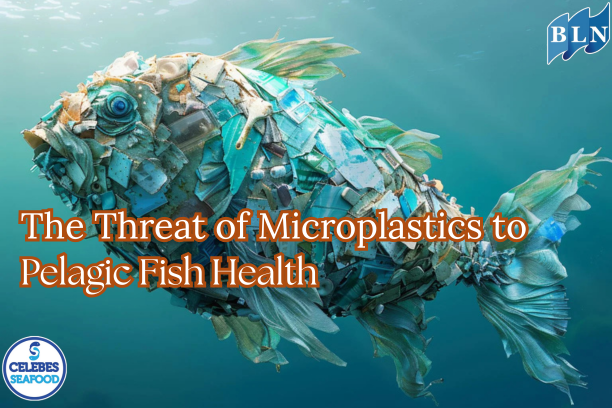
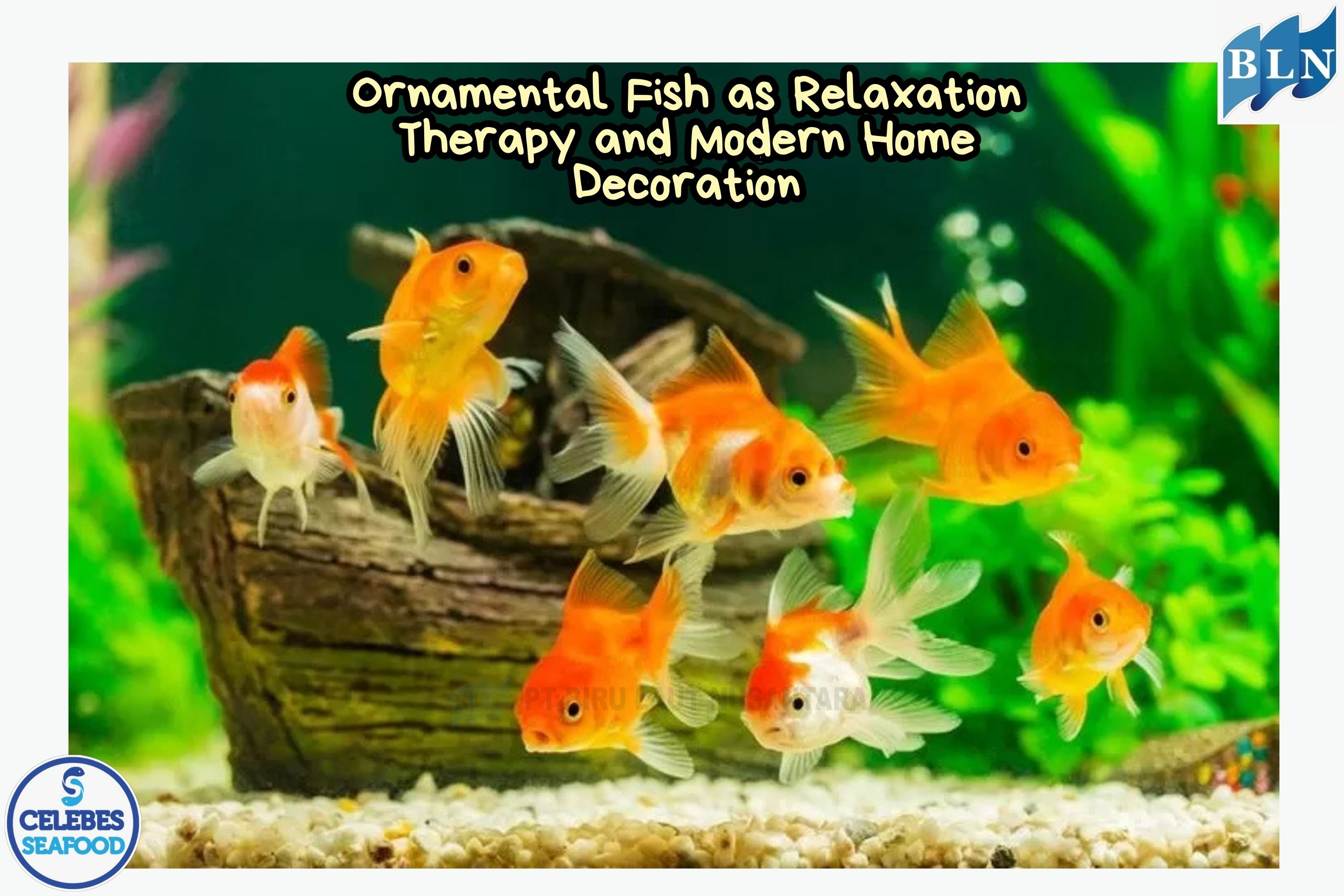
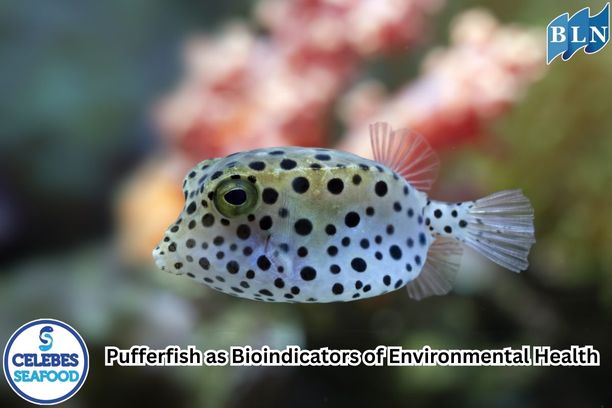
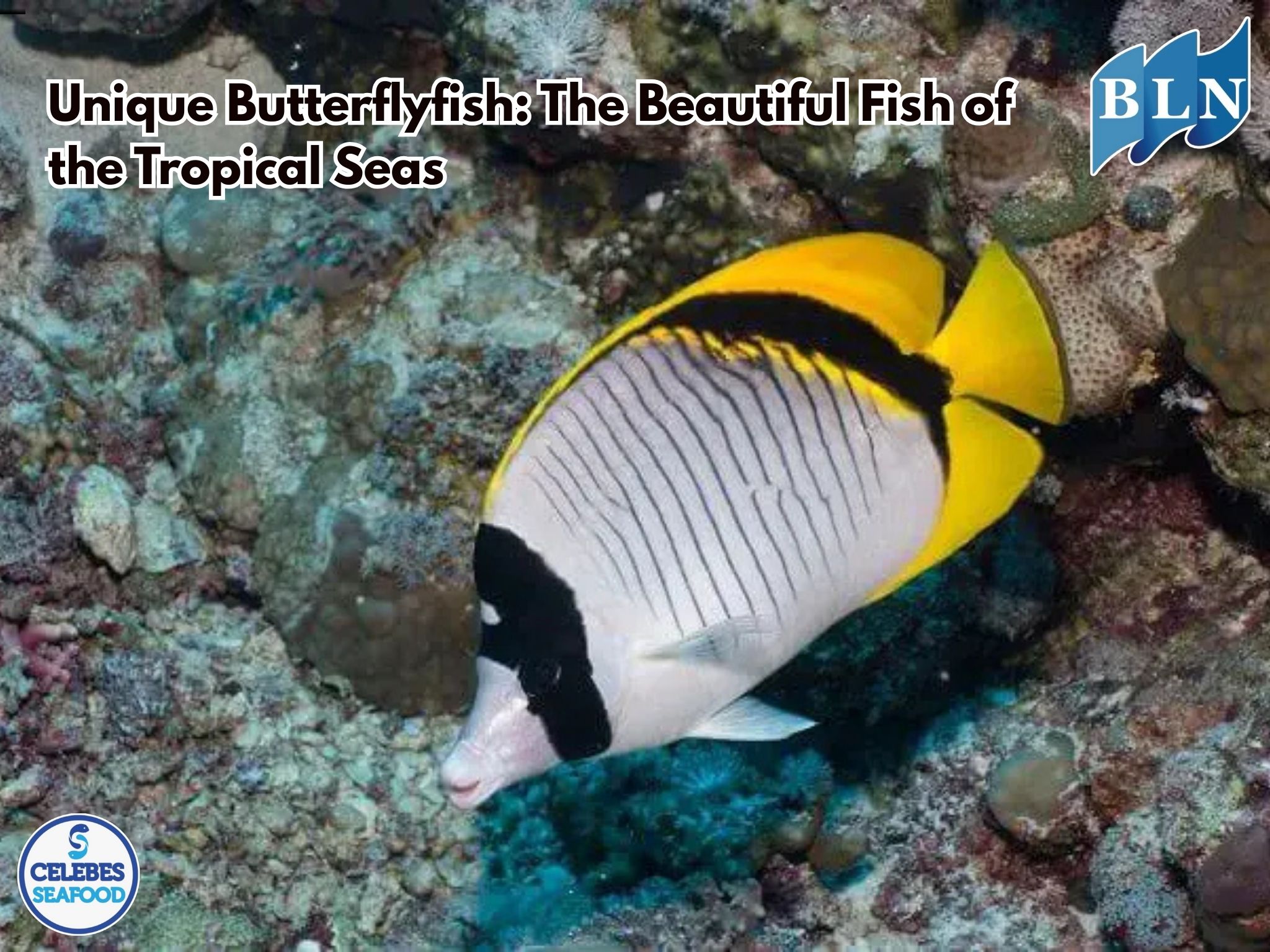
 Biology, Behavior, and Utilization.jpg)
